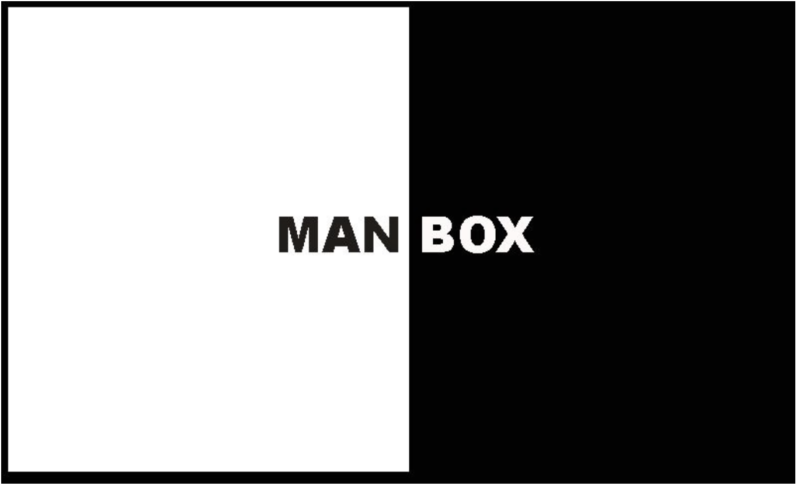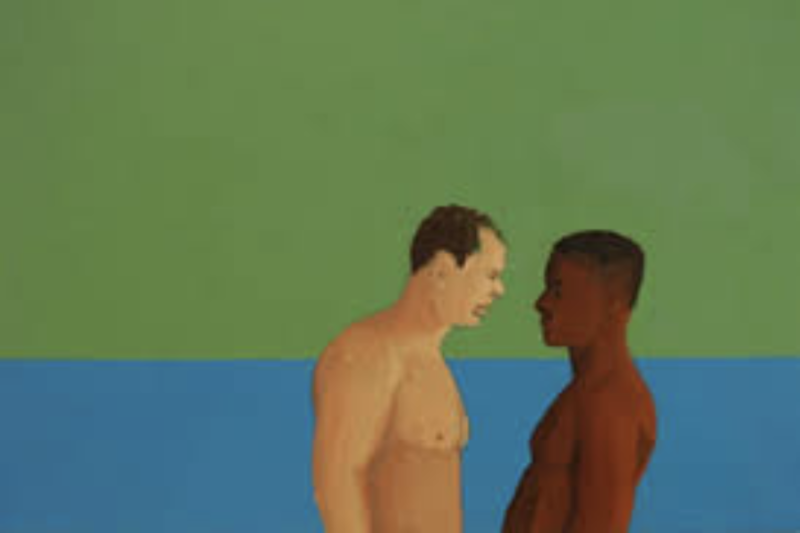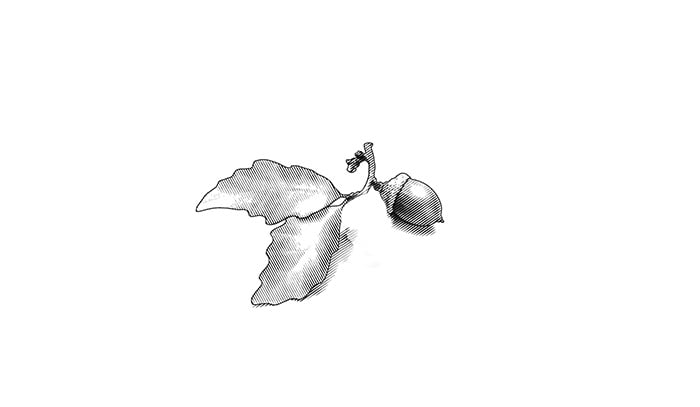
By Sietze
In previous weeks I have written about the combination and interaction of history with digital media. This week I want to showcase another website that I find interesting.
The website is a catalogue of objects that were retrieved from an excavation in Amsterdam. During the construction of the metro-line called the Noord/Zuidlijn from 2003-2012, around 700.000 objects were found. This new line connects the north to the south of Amsterdam in a line of 9.7 kilometres. The line was built and tunnelled at a depth of around 20 to 30 meters below sea level. This depth was chosen due to the soft soil conditions and the depth of piles from historic buildings that reach to around 12 meters below sea level. The route of the line in the city centre was mostly below the water and canals to prevent damage to the buildings. In certain areas around the new stations the construction would reach from the surface to a depth of around 30 meters. The area around Rokin and Damrak provided most archaeological finds because many objects were thrown into the river as waste.
The website is managed and hosted by the department of Archaeology of Monuments and Archaeology of the city of Amsterdam. There are multiple ways to ‘experience’ the objects. In the menu you can choose between the catalogue, displays and further information. In the catalogue you can browse through every object, the oldest is prehistoric while the latest is from 2005. On the left of the page there are options to filter the finds in different categories. For the Rokin and Damrak objects there is also a small map on the bottom of the page which shows the exact location.
The interactive display of the website is a digital copy of the real display that is located in Rokin station. The displays are located by the northern and southern entrance next to the escalators. To prevent further decay of the finds both displays are kept in a special climate that controls the humidity and temperature. In the interactive display you can take a tour of some of the objects with further information. The website also functions as an ongoing art project, you can create and arrange all the objects in your own display. When you publish a display it will pop-up on this page.
The data of the finds is available as a .csv-file that can be downloaded. If you filter the catalogue in the website the .csv-file only contains the selection of the filter. There is also a nice Dutch documentary about this project which I recommend.
A 3D-model of the Rokin excavation can also be found under publications. It is a bit hidden and less polished but also nice to take a look at. The website is still updated occasionally and if there are new large-scale excavations in Amsterdam in the future I think it would be nice if they are added to this website.
References
https://belowthesurface.amsterdam/en
Documentary: https://belowthesurface.amsterdam/en/pagina/documentaire
Object Displays: https://belowthesurface.amsterdam/en/rokin
Book catalogue: https://belowthesurface.amsterdam/nl/pagina/spul
—
This post was previously published on digmedia.lucdh with Creative Common license.
***
You may also like these posts on The Good Men Project:
 Escape the Act Like a Man Box Escape the Act Like a Man Box |
 What We Talk About When We Talk About Men What We Talk About When We Talk About Men |
 Why I Don’t Want to Talk About Race Why I Don’t Want to Talk About Race |
 The First Myth of the Patriarchy: The Acorn on the Pillow The First Myth of the Patriarchy: The Acorn on the Pillow |
Join The Good Men Project as a Premium Member today.
All Premium Members get to view The Good Men Project with NO ADS.
A $50 annual membership gives you an all access pass. You can be a part of every call, group, class and community.
A $25 annual membership gives you access to one class, one Social Interest group and our online communities.
A $12 annual membership gives you access to our Friday calls with the publisher, our online community.
